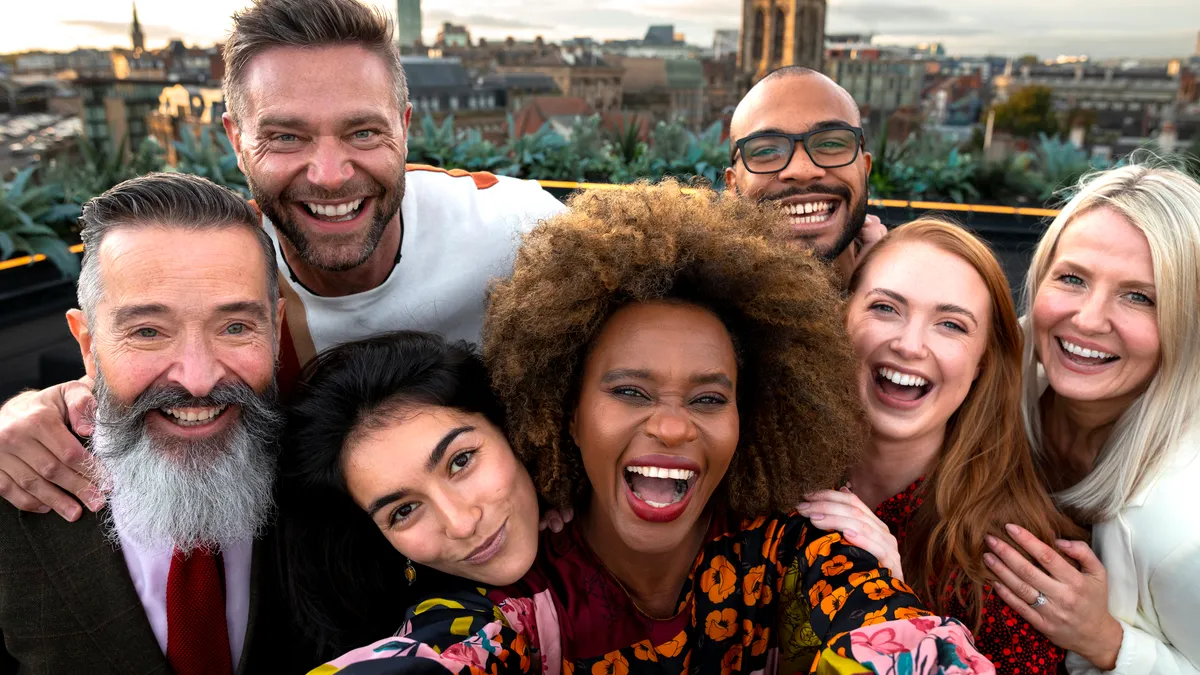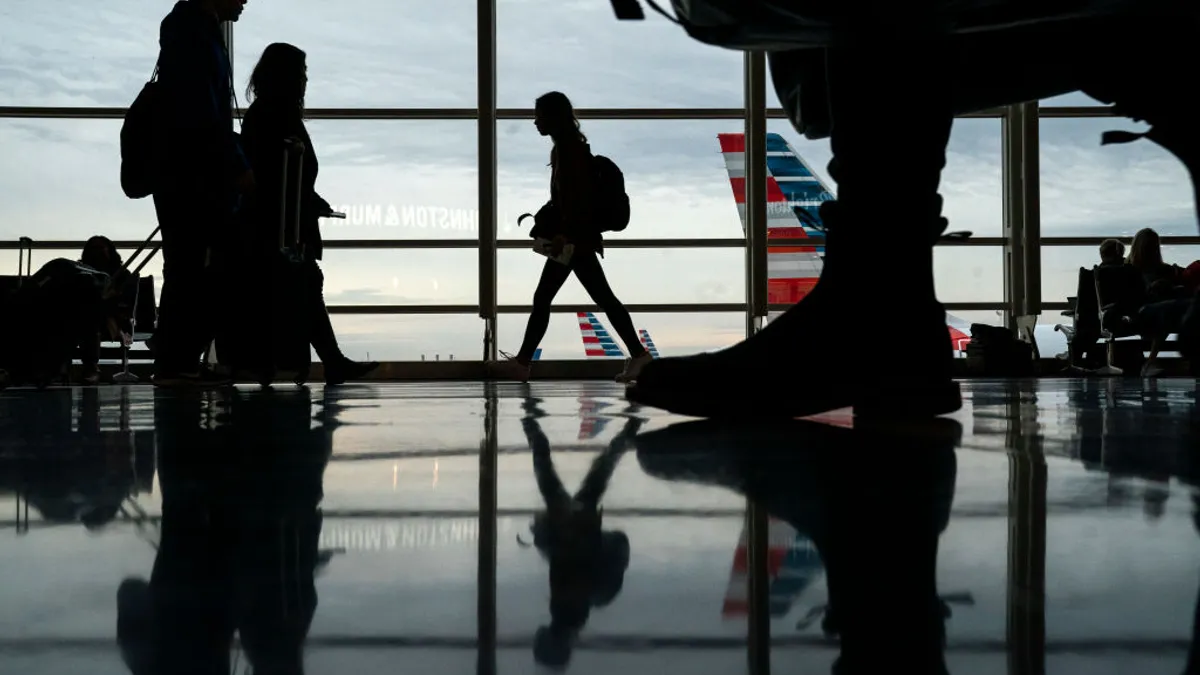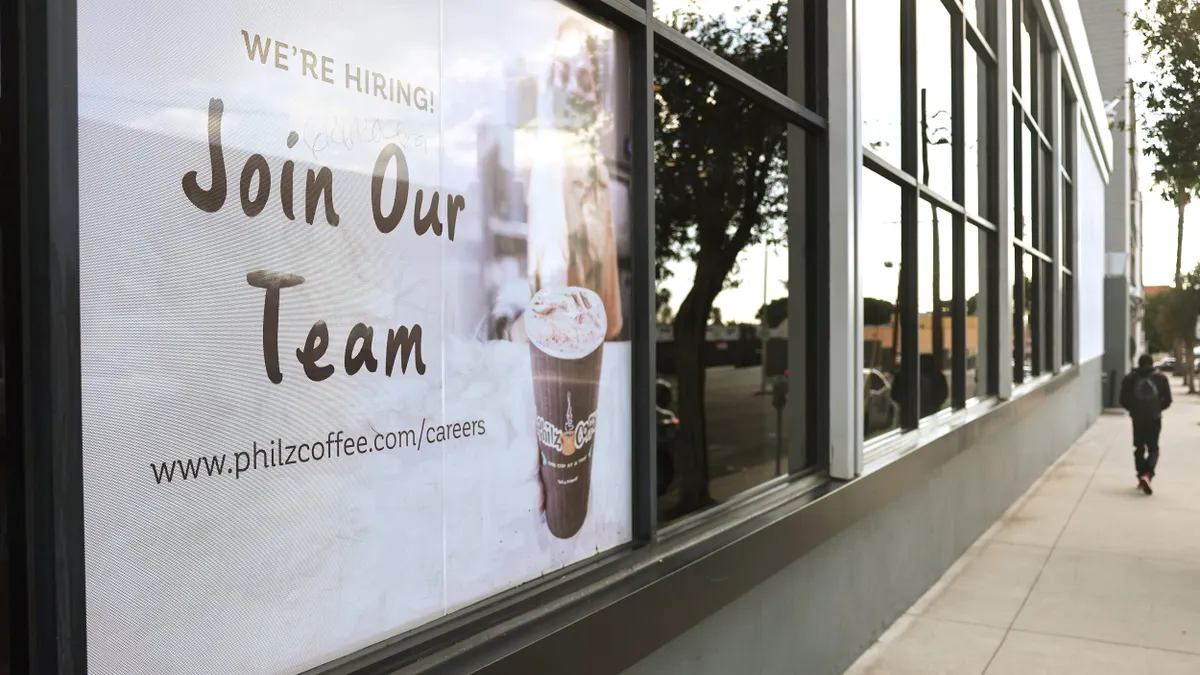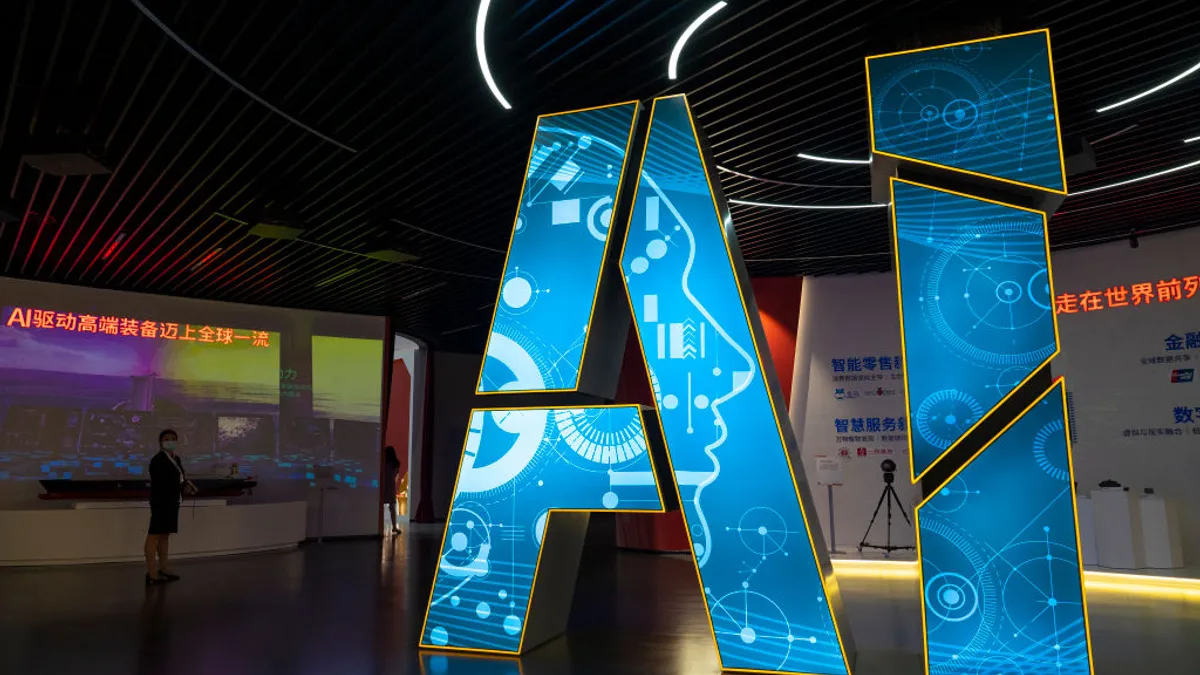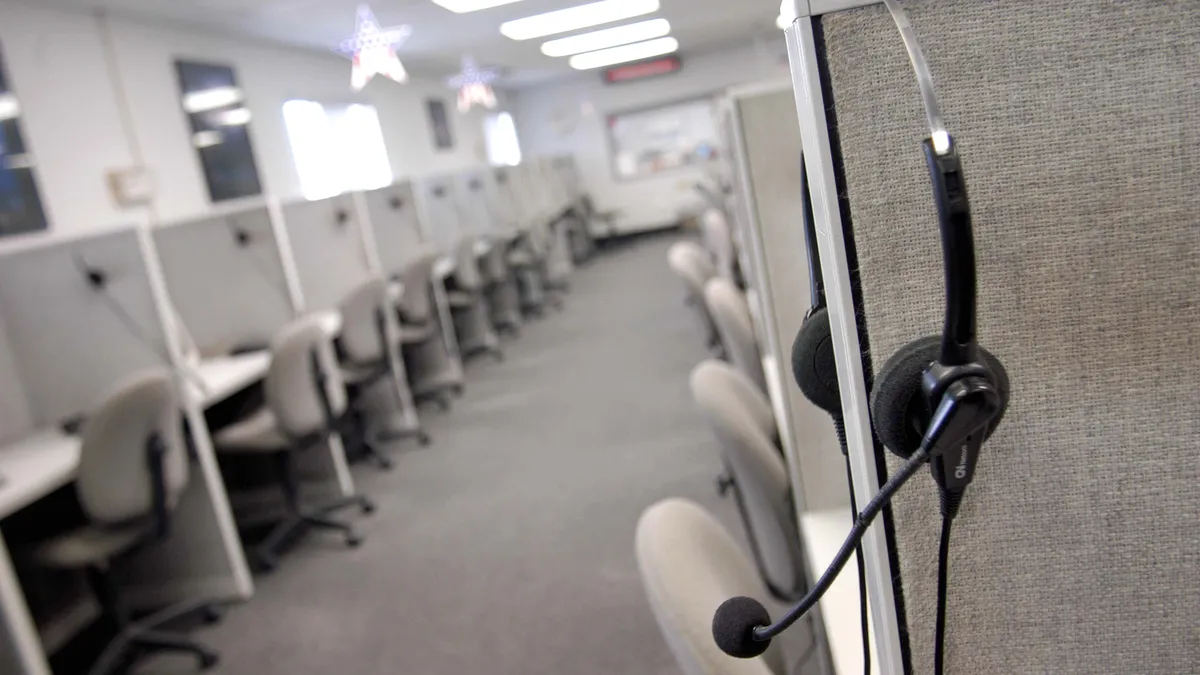Halloween isn’t even cold yet, but Mariah Carey already tinkles over retail speakers. Hanukkah wrapping paper gleams from drug and grocery store aisles. And people teams are now scrambling to coordinate holiday office parties — “scramble” being the operative word.
“Late arrival” and “last-minute” are the words Adam Sloyer, CEO of New York City-based event planning company Sequence, used to describe corporate holiday party inquiries in 2022.
Employers have typically approached Sequence in March or April for end-of-the-year parties. This year, he said, a few companies reached out that early; most 2022 holiday party clients reached out to Sequence after Labor Day.
Sloyer chalked the later planning up to COVID-19; across the pond, Tom Bourlet, marketing manager of Brighton, U.K.-based Fizzbox noted a similar trend. The company has planned corporate Christmas parties for more than a decade, Bourlet told HR Dive. “The peak period was September to October; however, since COVID-19, it seems businesses have been hesitant to plan too far in advance, meaning November has become the new peak,” he said via email.
Despite last-minute planning fervor, booked-up venues and neighboring hotels and the challenges of creating extravagance amid budget cuts, employers trudge on. Why? Because these days, HR is all about employee experience (EX), workplace culture and retaining talent, of course.
It’s about team-building
Tiffany Balmer, known as The D.C. Event Planner and owner of Events by TRB, observed that employers are back to throwing the caliber of holiday parties that were planned pre-pandemic. She told HR Dive that her clients are using their end-of-2022 party as both a morale booster and a toast to surviving COVID-19.
“People haven't seen their team members in so long — it's been two and a half years or more at this point. A lot of people haven't even met the people they work with,” Balmer added. It’s partially “let’s get together for a fun time” and “to remember that we actually like each other and appreciate each other,” she said. “It's serving as a holiday party, but also as a reunion.”
Echoing Balmer, Bourlet said, “Now more than ever, we're hearing employers highlight the importance of the office Christmas party. As so many people are working from home and they may only speak to people within their department, it is a chance for the whole company to come together and get to know each other better.”
It’s about engagement
“Companies that are really looking to figure out ways to engage employees, especially after the past two years,” Sloyer told HR Dive. Summer and the end of the year have always been popular times for company parties, he said. But these “in-person events and experiences all of a sudden have a more significant weight and more significant stakes,” especially as employers have shifted their workplaces to be “remote-first,” Sloyer said.
Employee engagement may look like handing out awards during workplace festivities. (Bourlet said this typically happens at the office, before entering the venue, so it’s a distraction-free process.) But ultimately, the party itself is the belle of the ball, with the objective of increasing engagement and entertaining employees, Bourlet said. “ A lot of questions are around the potential entertainment, whether that's a fake casino, a magic show or acrobatics,” he said.
Molly Burke, senior communications manager for hourly venue rental platform Peerspace, also noted that many employers celebrate specific achievements. But, she told HR Dive via email, “The main focus of holiday parties tends to be employee appreciation and engagement. With fewer opportunities to gather, holiday parties can be some of the only companywide social events for the year.” These touch points have become even more special, she added, stating that people leaders and event planners alike put a lot of effort into designing parties that employees are excited to attend.
It’s about holistic well-being
Mental health being top of mind for employers is another facet, Bourlet said. Earlier in the year, HR Dive spoke to experts and advocates about an oft-overlooked form of diversity: sobriety status.
“Previously, unlimited alcohol used to be the most common request, whereas we're seeing more brands ask for alcohol-free options instead,” Bourlet explained. “Many brands want more than Coke and Fanta available for soft drinks; they want nonalcoholic cocktails (mocktails), nonalcoholic beers, tasty fruit juices and hot drinks.” This points to a larger trend, as participation in Dry January increased in 2022 and nonalcoholic beverage sales have seen considerable upward trends.



